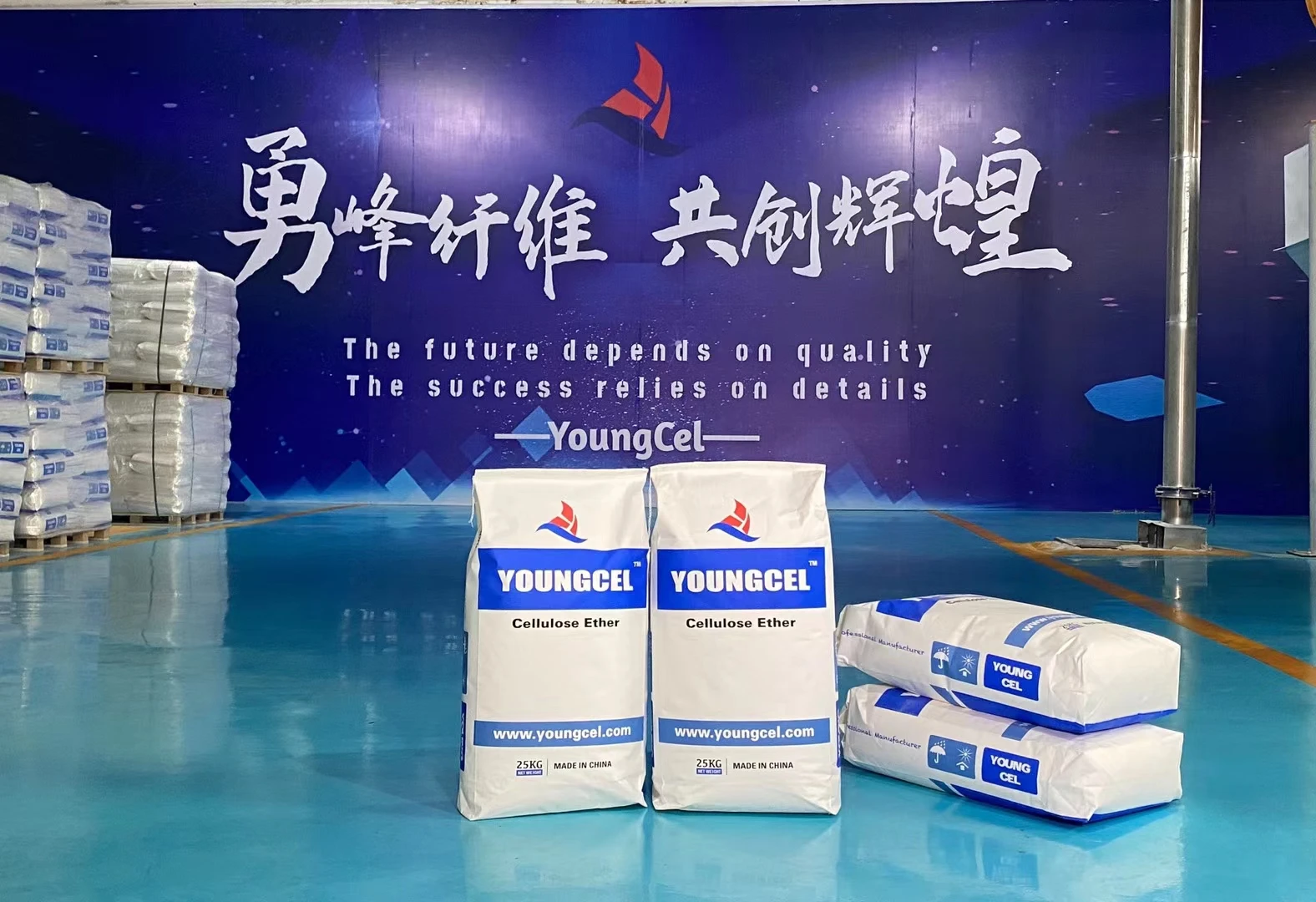The Role of Ceramic Adhesives in Modern Applications
Ceramic adhesives have become pivotal in various industries, owing to their unique properties and versatile applications. Formulated to bond ceramic materials, these adhesives not only provide exceptional adhesion but also withstand high temperatures, making them ideal for environments that demand durability and reliability. In this article, we will explore the characteristics, applications, and advantages of ceramic adhesives.
Characteristics of Ceramic Adhesives
Ceramic adhesives are typically composed of a polymer matrix combined with ceramic fillers that enhance their mechanical properties. These adhesives are designed to endure extreme temperatures, often ranging from 120°C to over 1000°C, without losing their structural integrity. This heat resistance makes them particularly suitable for applications involving kiln-fired ceramics and high-performance components in various industries, including automotive, aerospace, and electronics.
One of the key characteristics is their exceptional bonding strength, which is crucial for applications where traditional adhesives may fail. Additionally, many ceramic adhesives exhibit low shrinkage upon curing, reducing the risk of cracking and ensuring a strong bond over time. They are often resistant to chemicals and moisture, ensuring long-term durability, even in harsh environments.
Applications of Ceramic Adhesives
Ceramic adhesives find their applications in a multitude of fields. In the construction industry, they are extensively used for bonding tiles, especially in wet areas like bathrooms and kitchens, where water resistance is essential. The adhesive also plays a critical role in the installation of ceramic facades and other decorative elements.
In the electronics sector, ceramic adhesives are employed to bond ceramic components in devices that require high thermal stability. They are used for potting and encapsulating electronic parts, ensuring protection against environmental factors while maintaining optimal performance.
ceramic adhesives

The automotive industry benefits greatly from these adhesives, as they are crucial in assembling components that endure high temperatures and mechanical stress
. For instance, ceramic adhesives are employed in exhaust systems and engine components, where they provide a robust bond that withstands vibration and thermal cycling.In addition, the aerospace industry leverages ceramic adhesives for their lightweight yet strong characteristics. They are used in bonding components of aircraft, ensuring both weight reduction and structural integrity, contributing to overall fuel efficiency.
Advantages of Using Ceramic Adhesives
The advantages of ceramic adhesives are numerous. First and foremost, their ability to withstand extreme temperatures makes them indispensable in high-heat applications. Unlike conventional adhesives that may soften or degrade, ceramic adhesives maintain their strength and performance even under challenging conditions.
Moreover, the durability of ceramic adhesives translates into longer-lasting bonds, reducing the need for frequent repairs or replacements. This attribute not only saves costs in the long run but also minimizes downtime in industrial operations.
Ceramic adhesives offer a significant advantage in terms of versatility. They can be formulated to accommodate different bonding requirements, whether it involves porous or non-porous surfaces. This adaptability extends their use across various materials, including metals, plastics, and glass, in addition to ceramics.
Conclusion
In conclusion, ceramic adhesives are integral to the functionality and longevity of components across numerous industries. Their superior bonding capabilities, thermal stability, and resistance to environmental factors make them an excellent choice for applications requiring durability and reliability. As technology advances and the demands for performance increase, the role of ceramic adhesives is set to expand even further, solidifying their place as a crucial component in modern manufacturing and construction. From household uses to aerospace innovations, ceramic adhesives remain a silent yet vital force in our everyday lives.
-
Rdp Powder: Key Considerations for Wholesalers in the Building Materials IndustryNewsJul.08,2025
-
Key Considerations for Wholesalers: Navigating the World of Hpmc - Based ProductsNewsJul.08,2025
-
Hpmc Detergent: Key Considerations for WholesalersNewsJul.08,2025
-
Key Considerations for Wholesalers: China Hpmc For Tile Adhesive, Coating Additives, Concrete Additives, and MoreNewsJul.08,2025
-
Crucial Considerations for Wholesalers: Navigating the World of Construction MaterialsNewsJul.08,2025
-
Key Considerations for Wholesalers Sourcing Additive For Cement, Additive For Concrete, Additive For Putty from Additive Manufacturer Shijiazhuang Gaocheng District Yongfeng Cellulose Co., Ltd.NewsJul.08,2025




